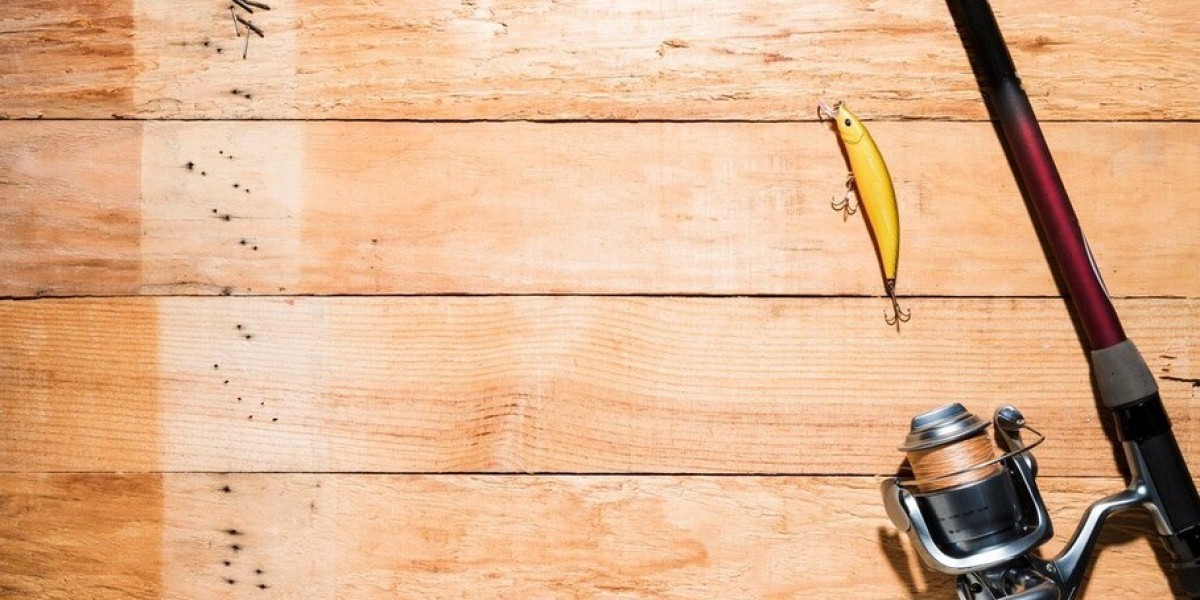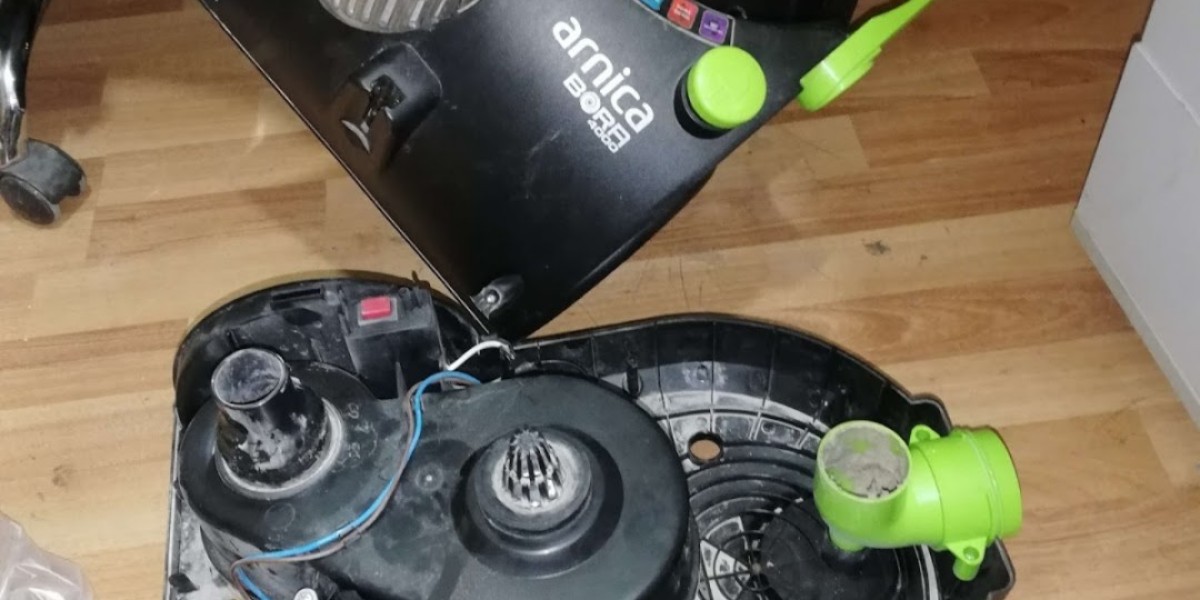Fishing lures are vital tools for anglers, designed to mimic the movement and appearance of prey to attract fish. Behind every effective lure is a fascinating process of design, craftsmanship, and advanced manufacturing. Leading fishing lure manufacturers combine technology, innovation, and tradition to create lures that cater to both recreational anglers and professional fishermen. This article takes you behind the scenes to explore how fishing lures are made, from concept to final product.
1. Design and Conceptualization
The process of making a fishing lure begins with an idea. Manufacturers often start by identifying a need in the market or looking for ways to improve existing designs. The goal may be to create a lure that mimics a specific type of prey, offers better performance, or is more durable in challenging fishing conditions.
Leading manufacturers rely on teams of engineers, designers, and even experienced anglers to develop new lure concepts. The process typically begins with sketches or 3D computer models. Using computer-aided design (CAD) software, manufacturers can visualize how the lure will look and behave in the water. This allows them to experiment with different shapes, sizes, and actions before creating a physical prototype.
The design process also involves determining the intended use of the lure. Will it dive deep or stay on the surface? Should it mimic the movements of a wounded fish or glide smoothly through the water? Manufacturers use feedback from field testers, often professional anglers, to refine the design to ensure it works as intended.
2. Material Selection
Choosing the right materials is critical in lure manufacturing. The materials used in the construction of fishing lures impact their durability, weight, and action in the water. The most common materials for lures are plastic, wood, and metal, though modern lure manufacturers increasingly use advanced composites and polymers to enhance performance.
· Plastic: Plastics are lightweight, durable, and versatile, making them ideal for mass-producing lures in a variety of shapes and colors. Soft plastics, in particular, are used to create lifelike bait that mimics worms, minnows, or crawfish. These materials are easy to mold and can be made to float or sink based on the needs of the angler.
· Wood: While less common today, wood is still used in some high-end or custom lures. It offers a unique action in the water, as wood naturally floats, and its density can be modified to achieve different behaviors.
· Metal: Metal lures, such as spoons and spinners, are excellent for creating flash and vibration, which attract predatory fish. They are durable and perform well in harsh conditions, such as deep water or fast currents.
3. Prototyping and Testing
Once a design is finalized, manufacturers create prototypes to test the lure’s performance. Many leading manufacturers use 3D printing to quickly produce prototypes of new designs. This technology allows them to create multiple versions of a lure, experimenting with different weights, actions, and colors.
Prototyping is a critical step because it allows manufacturers to test how the lure performs in real-world conditions. Field testing often involves professional anglers who provide feedback on how the lure moves, how well it attracts fish, and how durable it is. Manufacturers can then tweak the design based on this feedback before moving into full production.
4. Production and Manufacturing
Once a lure design has passed the testing phase, it moves into full-scale production. Leading manufacturers use a combination of automated and manual processes to ensure precision and quality in every lure.
For plastic lures, injection molding is a common manufacturing method. Molten plastic is injected into a mold, where it takes the shape of the lure. The molded plastic is then cooled, removed from the mold, and assembled with any additional components, such as hooks or lips.
For metal lures, manufacturers typically use stamping or die-casting methods to shape the lure. These processes create lures that are strong, durable, and capable of withstanding the rigors of fishing in harsh environments.
Wooden lures, on the other hand, are often handcrafted. Skilled artisans carve, sand, and paint each lure by hand, giving them a unique finish and attention to detail. These lures are often more expensive due to the craftsmanship involved but are highly valued by anglers.
5. Finishing and Painting
The final step in lure production is the finishing and painting process. This is where the lure gets its colors, patterns, and lifelike details. Modern manufacturers use advanced painting techniques, including airbrushing, to create highly realistic patterns that resemble real fish or insects.
Lure manufacturers also add reflective materials, glitter, or UV coatings to make the lures more visible underwater. These finishes help attract fish by mimicking the flash of scales or the glow of prey in different lighting conditions.
6. Quality Control
Before the lures are shipped to retailers or customers, they undergo rigorous quality control checks. Manufacturers inspect each lure for any defects, ensuring that the paint is flawless, the hooks are sharp, and the components are properly assembled. Quality control is essential to maintain the reputation of leading manufacturers and ensure that anglers receive reliable, effective products.
Conclusion
The process of making fishing lures by fishing lure manufacturer is a blend of art, science, and craftsmanship. Leading manufacturers rely on cutting-edge technology, high-quality materials, and the expertise of professional anglers to create lures that perform exceptionally well in the water. From design and testing to production and finishing, each step in the process ensures that the final product is not only visually appealing but also effective in attracting fish. Whether handcrafted from wood or mass-produced from plastic, fishing lures are essential tools that continue to evolve with advancements in manufacturing techniques.







